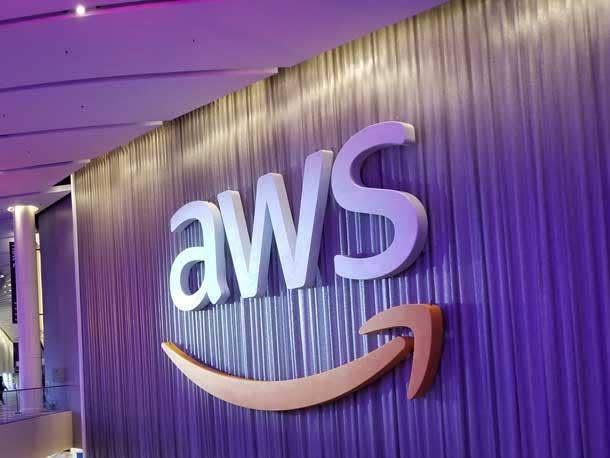AWS will see Adam Selipsky stepping down as CEO, with Matt Garman slated to assume the position.
Amazon Web Services has revealed to the media that Adam Selipsky is leaving his position as CEO.
Amazon CEO Andy Jassy announced this morning on the company blog that AWS sales leader Matt Garman will be elevated to the position of CEO in a memo that was shared internally and posted online. Garman oversaw AWS’s EC2 cloud computing division before.
“It was a blessing that Adam consented to take over as AWS’s leader, and he skillfully guided the company while cultivating his team,” Jassy wrote. “Adam is going to take a well-earned break and move on to his next challenge. Garman will take over as CEO of AWS on June 3rd.”
One of the first vice presidents that Amazon hired at AWS in 2005, Selipsky led sales, marketing, and customer support for 11 years before departing to take the helm of data visualization firm Tableau. In 2021, he rejoined Amazon to take charge of AWS.
Garman, who joined Amazon Web Services as one of the original product managers in 2006, eventually rose to the position of general manager of all AWS compute services in 2016, where he held the position prior to leading EC2. He relocated to AWS’s “demand generation” division in 2020 to lead global sales, marketing assistance, and professional services.
The belief that Selipsky underperformed in generative AI may have contributed to his dismissal.
The Information has reported that AWS had originally intended to introduce its own generative AI model during its annual conference in November 2022. This model was to be similar to OpenAI’s ChatGPT-coded Bedrock, which later became Amazon’s Bedrock model hosting service. However, technical challenges forced the organization to postpone the debut.
Additionally, under Selipsky, Amazon Web Services turned down the chance to support Cohere and Anthropic, two of the top generative AI firms. Later, AWS tried to invest in Cohere but faced rejection; instead, it settled for a substantial co-investment in Anthropic with competitor Google.
Selipsky “took over in the middle of the pandemic” and “made the right long-term decision to help customers become more efficient in their spend, even if it meant less short-term revenue for Amazon Web Services” according to Jassy, who emphasized Selipsky’s accomplishments in the memo.
“After hitting a $100 billion annual revenue run rate this past quarter and seeing YoY revenue accelerate once more, Adam leaves AWS in a strong position,” he said. “I’m incredibly grateful for Adam’s leadership throughout this period and the team’s commitment to delivering results for clients and the company.”
In 2023, Amazon Web Services’ unit revenue growth reached all-time lows, and the company saw significant layoffs as part of larger Amazon cost-cutting measures that resulted in the termination of over 27,000 workers.
However, Amazon Web Services continues to lead the cloud space with a roughly 31% market share (compared to 25% for Microsoft Azure and 11% for Google Cloud), and it is also one of Amazon’s most lucrative business units.
Amazon Web Services produced $9.42 billion in operating income in the latest fiscal quarter, or around 62% of Amazon’s total. According to Jassy, the generative AI businesses on AWS by themselves have achieved a “multi-billion dollar run rate.”
